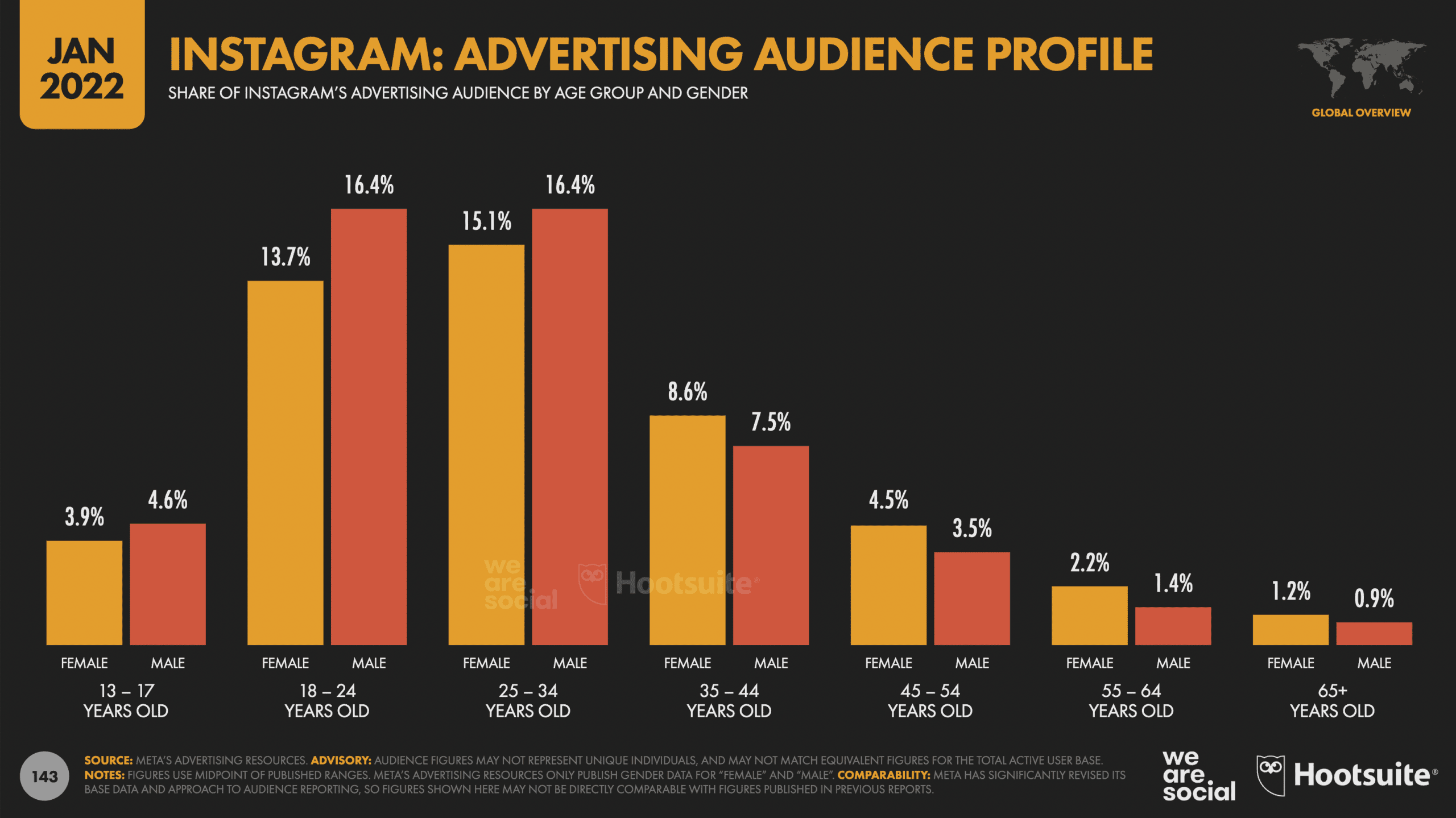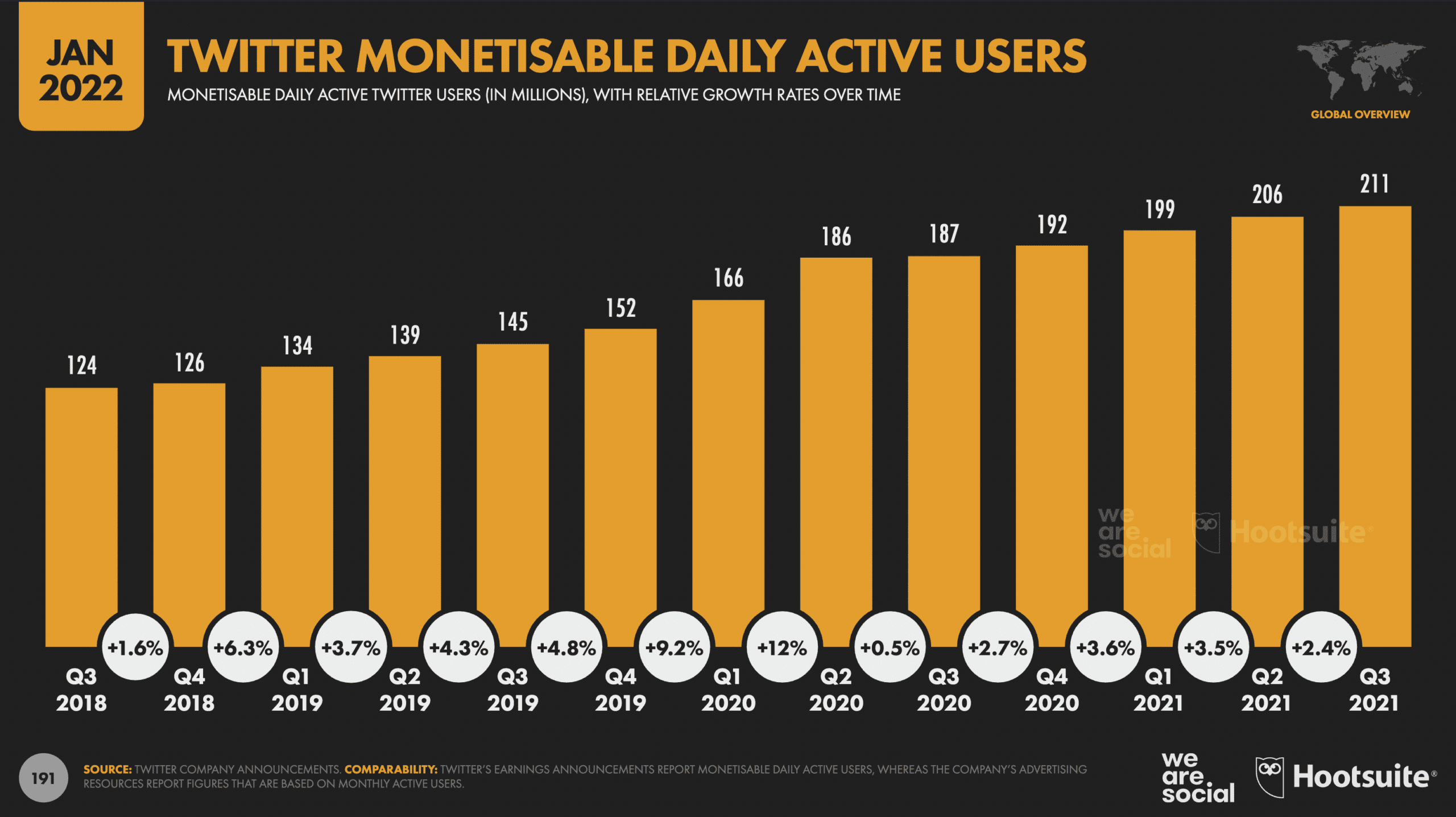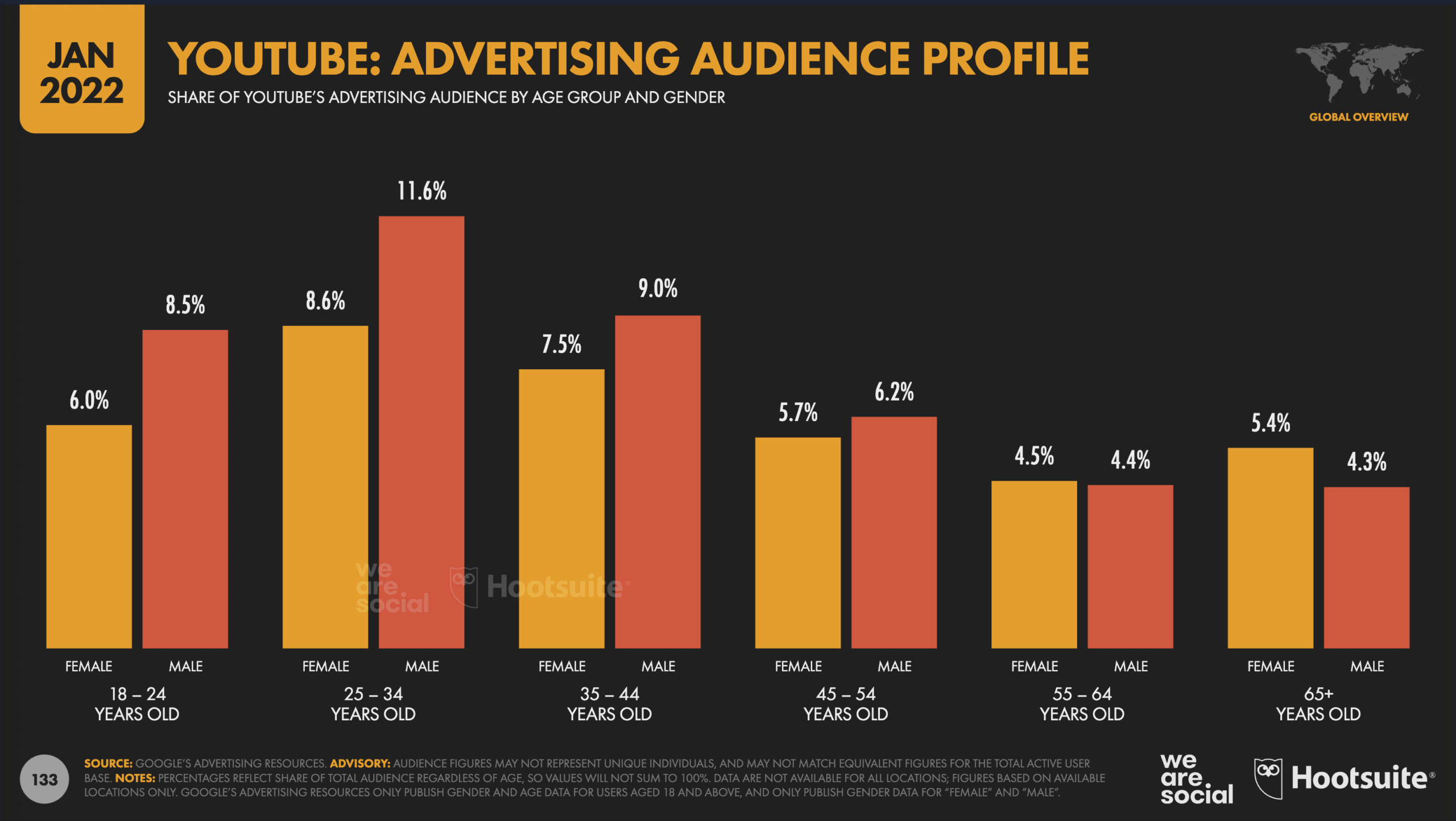
Many small businesses are using social media marketing to promote their products and services, increase brand awareness, and drive website traffic and sales. They are creating and sharing content, running social media ads, and engaging with customers and followers at a click.
However, with so many platforms and options to choose from, it can be overwhelming to know where to start. There are a variety of social media platforms that businesses can use for marketing, including but not limited to:
Facebook
Instagram
Twitter
LinkedIn
YouTube
TikTok
Pinterest
Snapchat
In this article, we'll explore the power of social media marketing and provide tips and strategies for small businesses to effectively use these platforms to grow their customer base and increase revenue. We'll zero in on how small businesses can extract the most out of their social media marketing strategies.
Grab a cup of coffee because as usual, this is going to be an interesting one.
Why use social media as a marketing channel for your business?
There are several reasons why small businesses should prioritize social media marketing:
Cost-effective: Social media marketing is relatively inexpensive compared to traditional forms of advertising, making it an accessible option for small businesses with limited budgets.
Reach a larger audience: Social media platforms have billions of users, making it possible for small businesses to reach a global audience with a relatively small investment. There are now 4.2 billion active social media users. This number is increasing every other day. hose users spend an average of 2 hours and 25 minutes on social channels every single day.
![Global social media statistics research summary 2022 [June 2022]](https://www.smartinsights.com/wp-content/uploads/2022/01/Social-media-usage-overview-2022.png)
Increase brand awareness: Social media is an effective way to increase brand awareness and build a community around a small business.
Improve customer engagement: Social media provides an opportunity for small businesses to connect with customers in real-time and build stronger relationships.
Better understanding of the target audience: Social media analytics allows small businesses to gain insights into the demographics, interests, and behaviors of their target audience.
Generate leads and sales: Social media can be used to drive website traffic, generate leads, and increase sales by providing a direct link to a small business' online store or website.
Increase website traffic: By sharing content from your website or blog on social media, small businesses can drive more traffic to their website.
Stay competitive: Small businesses that do not have a social media presence risk being left behind by their competitors who are already using social media to grow their business. In fact, 71% of small-to-mid-sized businesses use social media to market themselves, and 52% post once a day.
Stay relevant: Having a social media presence helps small businesses stay relevant and top-of-mind with their customers and potential customers.
Overall, social media marketing is a cost-effective and efficient way for small businesses to reach a larger audience, increase brand awareness, generate leads and sales, and stay competitive in their industry.
Choosing the right platform
While creating a social media marketing strategy, you should keep in mind that the average internet user has 8.4 social media accounts, so you can connect with them on different platforms for different purposes. Small businesses can pick the right social media platforms for their marketing efforts by considering the following factors:
Target audience: Research the demographics of the different social media platforms and choose the ones where your target audience is most active.
Platform features: Consider the features of each platform and how they align with your business goals. For example, if you're a B2B company, LinkedIn might be a better choice than Instagram.
Competitor research: Look at what platforms your competitors are using and how they're using them.
Resources: Consider the resources you have available for managing and maintaining a presence on each platform.
Platform-specific metrics: Look at the metrics available on each platform and how they align with your business goals. For example, if your goal is to drive website traffic, platforms like Facebook, Twitter and Instagram are better choices than TikTok.
Different platforms and their unique features
There are many different social media platforms that small businesses can use for their marketing efforts, each with its own unique features and audience. Some of the most popular platforms include:
Facebook: Facebook is one of the most widely used social media platforms and is particularly popular among all demographics including the older ones. In fact, nearly a quarter of Facebook users are aged 18 to 24. It boasts over 2.9 billion monthly active users and more than 200 million businesses. The app, in addition, offers a variety of features such as groups, pages, and events that businesses can use to engage with customers.

Instagram: Instagram is a highly visual platform that is particularly popular among younger demographics with the vast majority of users between 18 and 34. It's great for businesses that have a strong visual component to their products or services, such as fashion, beauty, and food.

Twitter: Twitter is a microblogging platform that is great for real-time updates, customer service, and short-form content. It's also a great platform for businesses that want to stay on top of industry trends and news. With 16% of internet users aged 16 to 64 reporting using Twitter for brand research and 54% indicating they are inclined to buy new products, Twitter users are also highly engaged consumers.

LinkedIn: LinkedIn is a professional networking platform that is particularly popular among B2B businesses. It's great for building connections with other professionals and sharing thought leadership content.
YouTube: YouTube is a video-sharing platform that is great for creating and sharing video content, such as product demos, tutorials, and behind-the-scenes footage. YouTube is the world’s most popular video-sharing social network and boasts a potential ad reach of 2.56 billion

TikTok: TikTok is a short-form video-sharing platform that is particularly popular among younger demographics. It's great for creating fun, engaging, and creative videos that can go viral.
Pinterest: Pinterest is a visual search engine that is great for businesses that want to share inspiration and ideas related to their products or services. Women aged 25-34 represent 29.1% of Pinterest’s ad audience while men make up only 15.3% and 75% of Pinterest users say they are always shopping.
Snapchat: Snapchat is a mobile messaging app that is great for businesses that want to connect with younger audiences in a more personal way.
Tips on how to craft the right social media marketing strategy for your small business
Crafting a social media marketing strategy that benefits a small business' brand requires a combination of research, planning, and execution. Here are some tips to help you get started:
Define your business goals: Clearly define what you want to achieve through social media marketing, whether it be increased brand awareness, more website traffic, or higher sales.
Identify your target audience: Understand who your target audience is, what their pain points are, and what they're interested in.
Research your competitors: Look at what other businesses in your industry are doing on social media and take note of what's working well for them.
Choose the right platforms: Identify the social media platforms where your target audience is most active and choose the ones that align best with your business goals.
Develop a content strategy: Create a content strategy that aligns with your business goals and appeals to your target audience.
Engage with your audience: Build a community by engaging with your audience through comments, messages, and social media contests.
Use paid advertising: Consider using paid advertising to reach a larger audience and drive website traffic, leads, and sales.
Measure and analyze performance: Use social media analytics to measure the performance of your social media marketing efforts and make data-driven decisions.
Be consistent: Be consistent and timely in your posting and engagement.
Be flexible and adaptable: Be open to experimenting, testing, and making changes to your social media marketing strategy as needed.
And remember to always keep your brand's tone, values and mission in mind when crafting your social media strategy. The social media strategy should align with your overall branding efforts and complement it.




